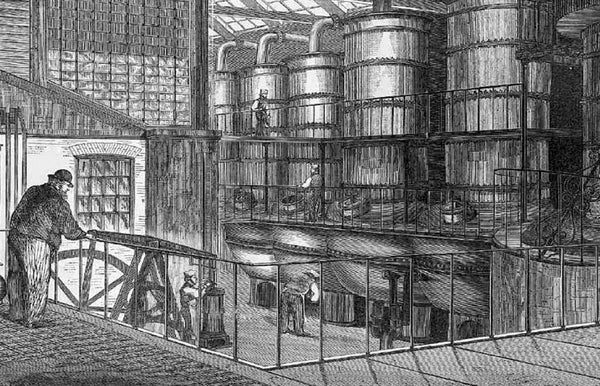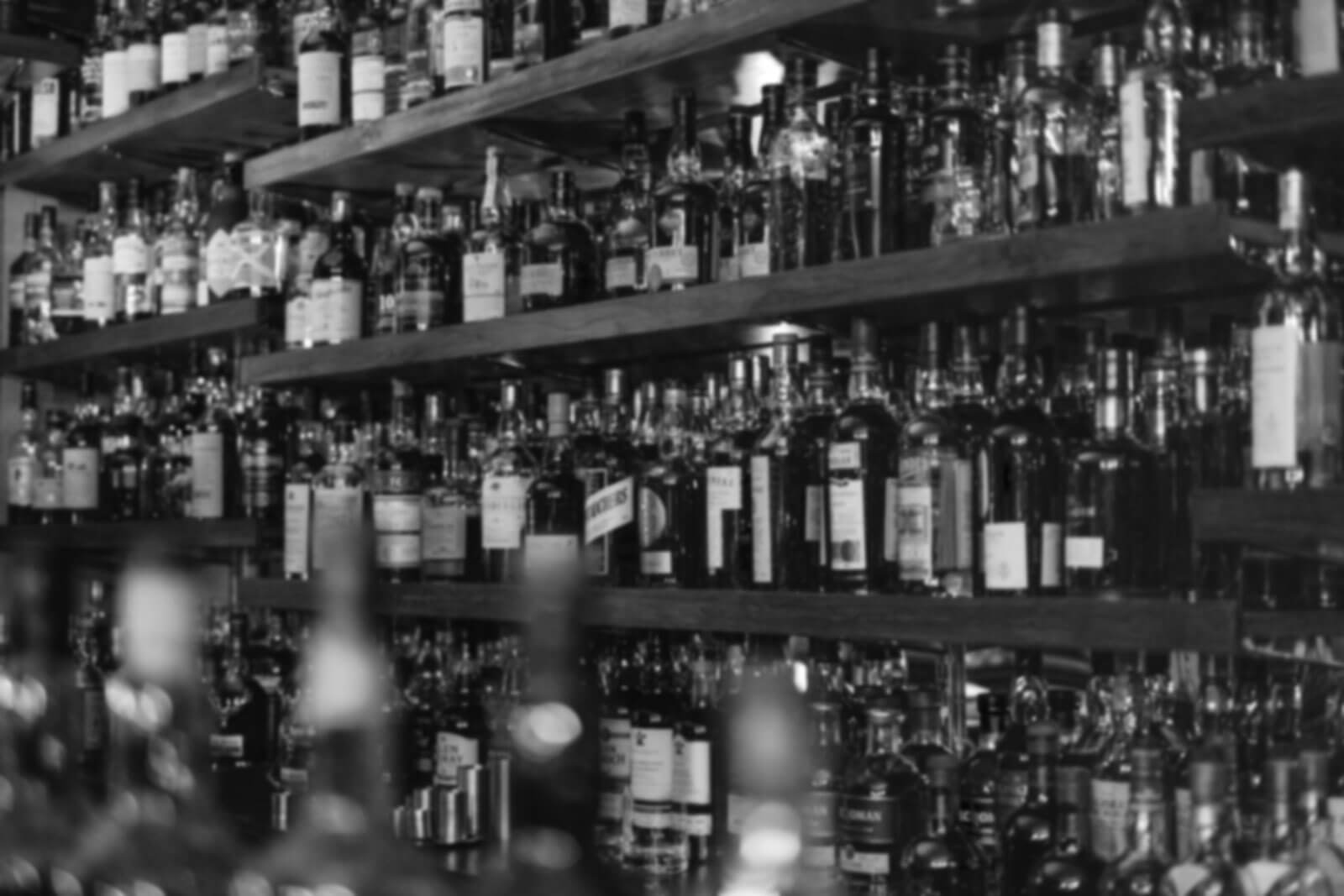Gin, Its Rise in Popularity: A Spirited Tale
The Enigmatic Elixir: An Introduction to Gin
Gin, the beloved juniper-infused elixir, boasts a rich and captivating history that spans from medicinal beginnings to its current status as the star of the cocktail world. Buckle up, dear reader, as we embark on a thrilling journey through time to uncover the milestones and marvels that have shaped gin's fascinating story.
The Birth of Gin: From Tonic to Tipple
Our tale commences in the 11th century when intrepid Italian monks began distilling alcohol from grapes and mingling it with juniper berries. Revered for their medicinal properties, juniper berries were believed to alleviate a myriad of maladies, from the plague to pesky kidney and stomach troubles.
The Dutch Touch: Jenever's Journey
Fast-forward to the 17th century, and we find the Dutch producing a spirit called jenever, the esteemed ancestor of modern gin. Initially imbibed for its healing properties, jenever soon became the tipple of choice for soldiers during the Eighty Years' War. In fact, the term "Dutch courage" likely stems from the practice of knocking back jenever before charging into battle.
When William of Orange ascended the English throne in 1689, he introduced jenever to England, where it eventually morphed into the gin we adore today. Explore a fabulous collection of gins at Secret Bottle for a taste of this rich history.
Gin-Mania in 18th Century England
The 18th century saw gin skyrocket in popularity in England, thanks to the government's decision to deregulate production and sales. This led to an explosion of gin shops and a rampant rise in consumption. The infamous "Gin Craze" left a lasting impact on society, as the widespread availability of cheap gin fuelled social unrest and public health issues.
In response, the government introduced a series of Gin Acts, ultimately putting an end to the craze and restoring a semblance of order.

The Birth of London Dry Gin: A New Chapter
The 19th century ushered in the era of London Dry Gin, known for its crisp, juniper-dominant flavour. The invention of the Coffey still in the 1830s paved the way for a purer, more neutral spirit, providing an ideal canvas for gin's botanicals. This breakthrough marked the beginning of the modern gin industry and elevated the spirit to new heights. Discover a wonderful array of Dry Gins that continue to captivate palates today.
The Gin Renaissance: Craft Gin Takes Centre Stage
The late 20th and early 21st centuries witnessed a gin resurgence, fueled by the rise of craft distilleries and a renewed passion for classic cocktails. This "Gin Renaissance" sparked a surge of creativity and innovation, with distilleries experimenting with diverse botanicals and flavour profiles.
The demand for premium, small-batch gin has given birth to gin bars, dedicated festivals, and even World Gin Day. Why not sample some delightful Flavoured Gins and join the gin revolution?
Gin's Everlasting Appeal and Its Spirited Future
Today, gin's popularity knows no bounds, delighting fans across the globe with its versatility and complex flavour profile. From Martinis and Negronis to the timeless Gin and Tonic, gin's allure is here to stay.
As for the future of gin, the sky's the limit. With distilleries pushing the boundaries of creativity and experimenting with new techniques, botanicals, and flavour combinations, gin lovers can look forward to a bright and exciting future.
In Conclusion: Raising a Glass to Gin's Glorious History
From its humble beginnings as a medicinal tonic to its current status as a celebrated spirit, gin has undeniably earned its place in the annals of alcohol history. As we raise a glass to gin's storied past, we eagerly anticipate the next chapter in this spirited tale.
So, whether you're a seasoned gin connoisseur or a curious newcomer, there has never been a better time to explore the delightful world of gin. Cheers to a future filled with endless flavour, creativity, and, of course, more than a dash of that unmistakable juniper charm.

























